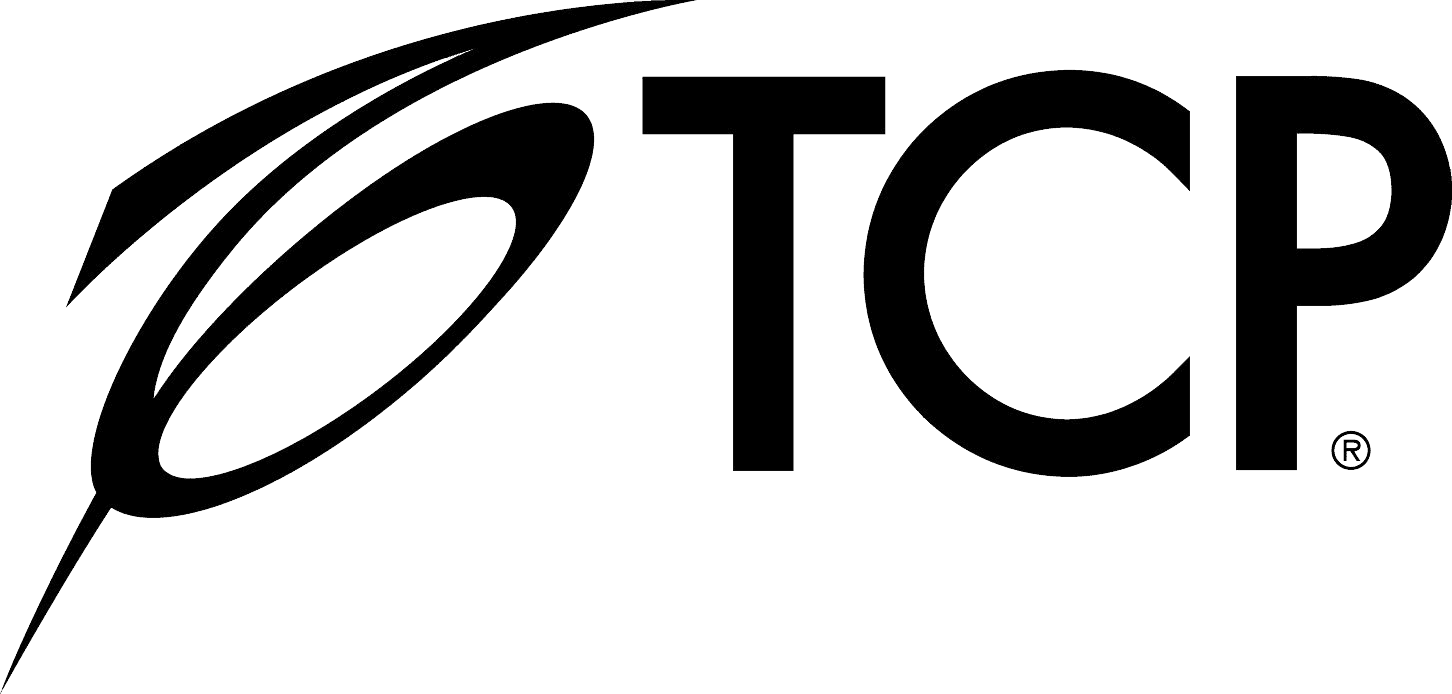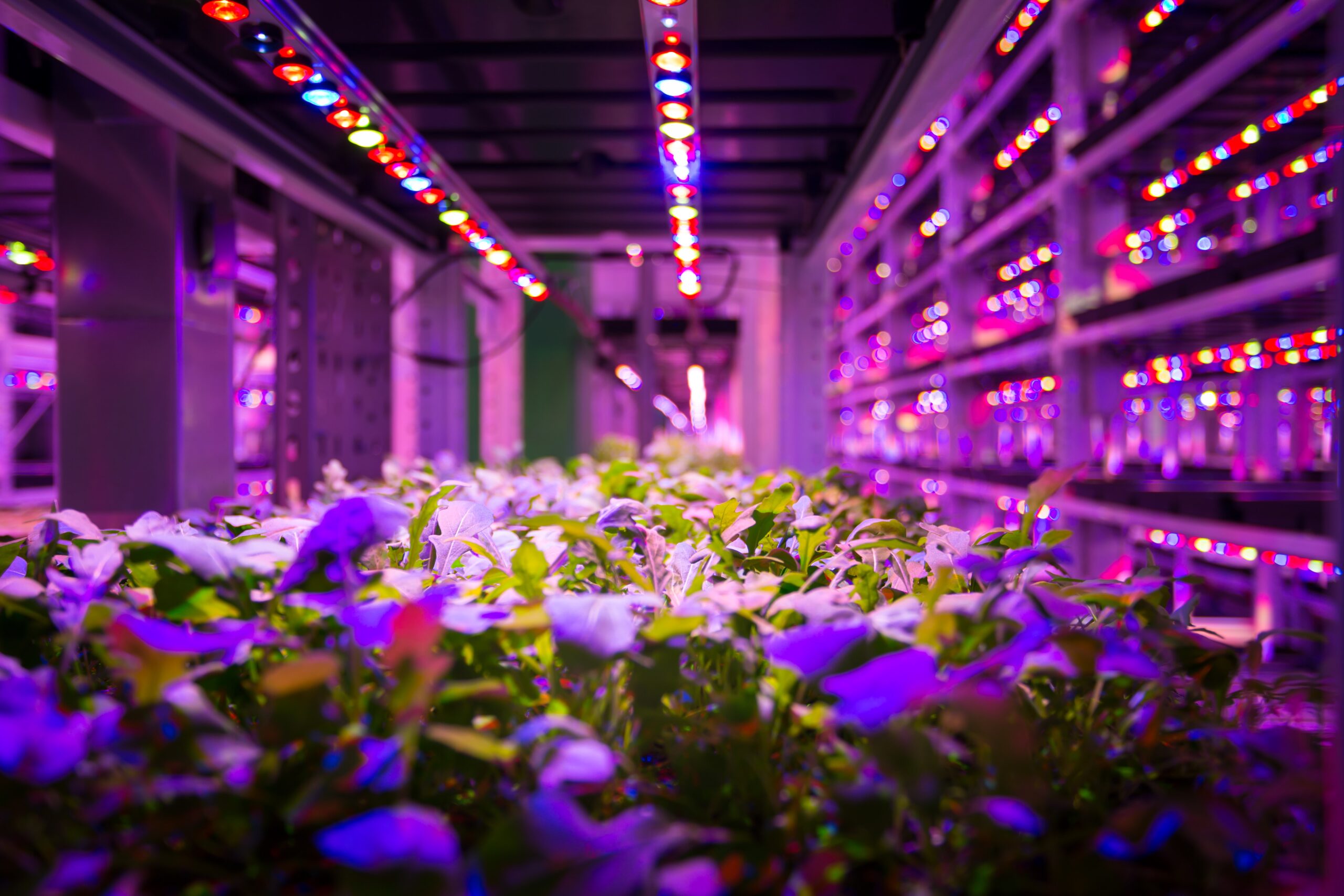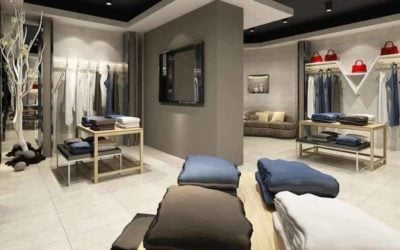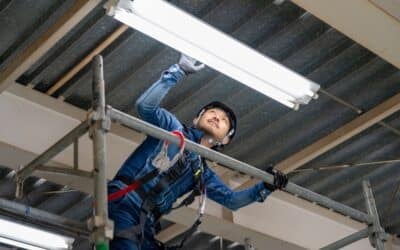Far Red Light & Its Benefits on Plant Growth
How Does The Color of Light Affect Plant Growth?
Today’s commercial horticulture industry has come a long way from the days of traditional outdoor farming. Within the past century, advances in agricultural science have demonstrated that farmers can directly impact and improve their crop’s growth, outcome, and overall yield.
The most lucrative farms nowadays aren’t necessarily located in a large outdoor field. Greenhouses, grow tents, and indoor grow rooms are controlled environments that have the potential to produce year-round, high-volume crops. Fruits, vegetables, flowers, and cannabis are popular, commercially grown plants that thrive in properly maintained indoor settings.
A big reason behind indoor horticulture’s success is innovative lighting technology. The latest LED grow lights are capable of producing full-spectrum illumination that mimics natural sunlight. This type of light allows for the best possible indoor growing results.
Full-spectrum light, also known as white light, includes all the visible light colors seen by the human eye. Each light color has its own distinct wavelength which affects plant growth in a slightly different way.
Current research shows that certain wavelengths falling outside the range of visible light may also benefit plant growth and development. The particular type of light that’s gaining significant attention is far red light. Ranging between visible red and infrared wavelengths, far red light has the potential to boost photosynthesis, enhance growth, and increase plant size when added to a full-spectrum light schedule.
Before we discuss far red light’s advantages within horticulture, let’s have a brief overview of the visible light color spectrum. Certain individual colors within this range have substantial effects on a plant’s various growth stages.
Light Color Spectrum
Plants grown outdoors receive light energy from the sun. When grown indoors, plants typically receive light energy from artificial sources, such as LED horticulture grow lights. Green plants need light for a very important reason. Plants convert light into food that’s used as energy to grow, a process better-known as photosynthesis.
Naturally occurring sunlight contains the full spectrum of visible colors, ranging from violet to red. Light wavelengths are measured in nanometers (nm) with visible light ranging between 400 and 700 nm. Plants can only absorb and utilize certain spectrums of light. The spectrum of light that plants use is known as Photosynthetically Active Radiation (PAR) and includes wavelengths from 400-700 nm.
Sunlight also contains ultraviolet and infrared wavelengths, which can be harmful to plants that receive prolonged exposure. The sun also emits far red light, which can promote plant growth under the right circumstances.
The latest commercial horticulture lighting systems are designed to produce well-balanced, full-spectrum light colors, similar to light from the sun. Previous scientific studies have identified how each color of light contributes to plant development. And research continues hoping to find new ways in which various light color combinations or amounts can optimize plant growth at different developmental stages.
Blue Light
Ranging from 400-500 nm, blue light wavelengths are essential for plant growth. Blue light’s effect on plants is directly related to chlorophyll production and energy conversion. Plants that get a good dose of blue light will have strong, healthy stems and leaves. Another benefit of blue light is that it keeps plants dense and compact as they grow, which is good for indoor environments with limited space.
Green Light
Ranging from 500-600 nm, green light wavelengths aren’t as critically important as blue or red, but they’re still necessary for plant growth. Studies have shown that green light is beneficial to photosynthesis, especially in a plant’s lower leaves. Plants may not need a lot of green light, but the small amount that’s absorbed helps growers assess plant health without disrupting overall growth.
Red Light
Ranging from 600-700 nm, red light wavelengths encourage budding and flowering. Along with blue light, red light wavebands are considered one of the most important for photosynthesis and biomass growth. Indoor growing environments typically use a balanced combination of red and blue light for best results.
Far Red Light Is Good For Plants
Far red light is found at the extreme end of the red spectrum, ranging from 700-850 nm. It is dimly visible to the human eye, and commonly miscategorized with its other neighbor, infrared light. While far red light can produce heat, it produces significantly less heat than infrared.
For years, horticulturists believed plants didn’t receive any benefits from far red light, since its wavelength range is beyond 700 nm, the absorbable limit of most plants. Recent studies, however, are finding that plants do respond to wavelengths up to 780 nm. In addition, scientific research reveals far red light has the potential to increase, or control, plant growth when added to full-spectrum growth regimens.
Dr. Shuyang Zhen and Dr. Bruce Bugbee conducted recent studies that demonstrate far red’s ability to increase plant biomass and improve photosynthetic rate. Let’s take a deeper look at how far red light benefits plants by sharing some notable scientific findings.
Increases Photosynthetic Efficiency
Zhen and Bugbee (2020) studied the effects of far red light wavelengths on whole plant photosynthesis for over a dozen different plant species. They discovered that adding far red photons to a spectrum of shorter wavelengths produced an increase in canopy photosynthesis equal to adding additional light from PAR range (400-700 nm) of the same intensity.
They concluded that far red photons interact with shorter wavelength photons to increase the efficiency of photosynthesis. The results varied by plant species, and the effects were most noticeable when far red wavelengths of 700-750 nm were added to the full-spectrum range.
Red leaf lettuce, corn, soybeans, and tomatoes had photosynthetic rate increases ranging from 20-30%. Kale had the highest rate of increase at 59%.
Promotes Plant Growth
Although far red light is barely visible to the human eye, it has a major effect on a plant’s extension growth. This means that far red photons can influence leaf size, stem length, and ultimately the height and overall size of a plant.
An increase of far red wavelengths within the growth spectrum produces a shade avoidance response in most plants. Because plants think they are in the shade when they perceive far red photons, they naturally react by trying to seek more light. As a result, plants will grow taller or increase their leaf size for additional light capture.
There is the potential to boost a plant’s biomass when far red wavelengths are introduced to the growing cycle. Research conducted by Zhen and Bugbee (2020) found that indoor lettuce crops had a 29-31% biomass increase when far red wavelengths supplemented the typical white light spectrum.
TCP Far Red Horticulture Lighting
As research continues on far red light and how it influences plant development, there’s no denying the initial findings that prove far red’s positive impact.
New studies show that for certain plants, far red wavelengths can promote flowering or increase fruit yield. Depending on the type of crop and the size of indoor farm, faster flowering and more fruit can lead to higher profits. Reasons like this are why it’s important to consider adding far red light to current full-spectrum growth schedules.
TCP’s science-backed LED horticulture lights already deliver faster growth and higher yields. They include an all-purpose growth spectrum of blue, green, and red wavelengths, which will soon be supplemented by a far red light cycle.
It’s almost ready! TCP’s far red grow light is in its final stages of development. This state-of-the-art LED horticulture top light is designed with the same great features as our current version:
- Quick-connect daisy chain system
- Instantly turns on, no warm-up time
- Long 50,000 hour life
- Durable lightweight aluminum housing
- Power washer rated IP66 wet location rating
Plus, its full-spectrum technology will feature far red wavelengths for maximum growth potential. Don’t wait – talk to a TCP lighting expert today to place your order. Get started.
Article citation references:
- Zhen S and Bugbee B (2020) Substituting Far-Red for Traditionally Defined Photosynthetic Photons Results in Equal Canopy Quantum Yield for CO2 Fixation and Increased Photon Capture During Long-Term Studies: Implications for Re-Defining PAR. Front. Plant Sci. 11:581156. doi: 10.3389/fpls.2020.581156
- Zhen S, Bugbee B. Far-red photons have equivalent efficiency to traditional photosynthetic photons: Implications for redefining photosynthetically active radiation. Plant Cell Environ. 2020;1–14. https://doi.org/10.1111/pce.13730







